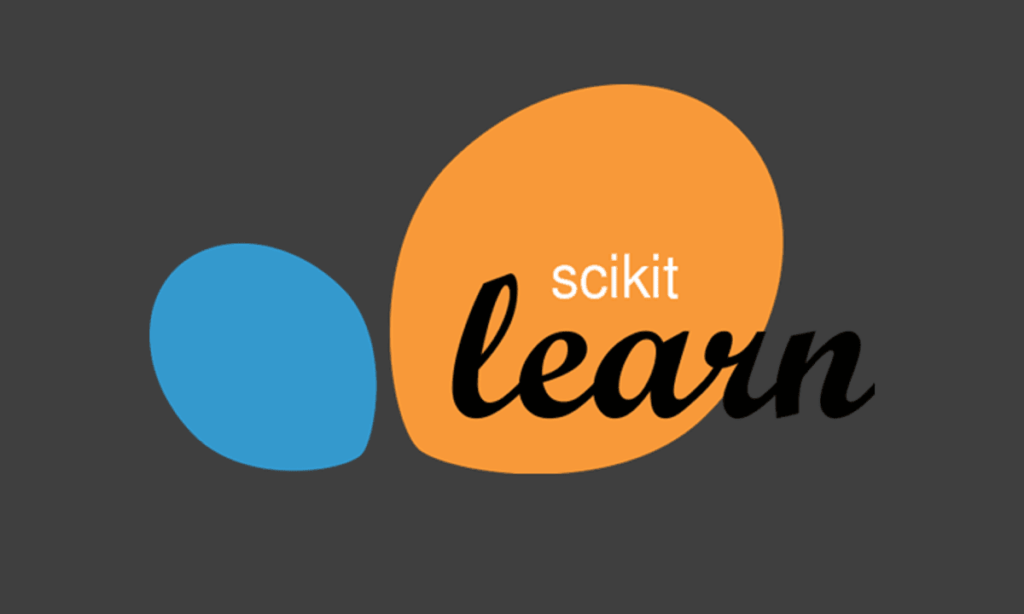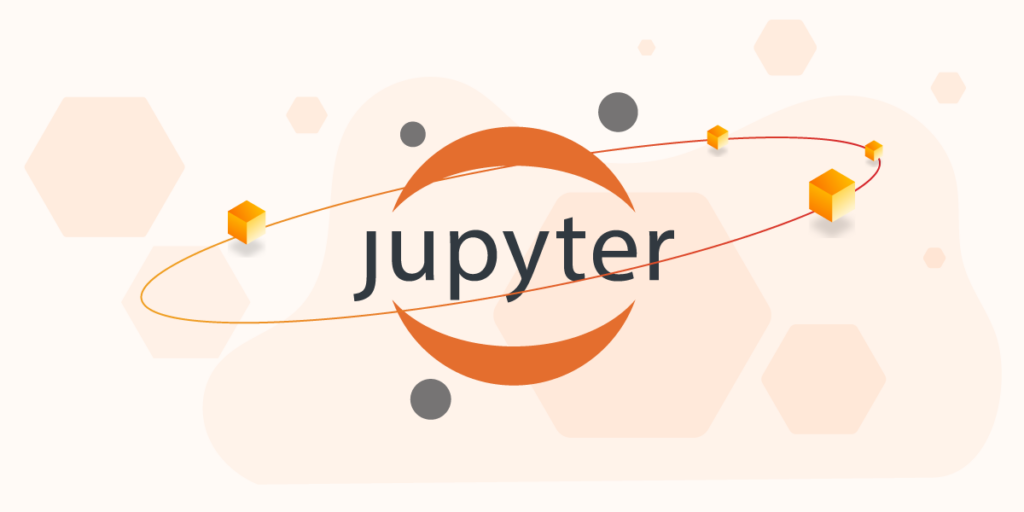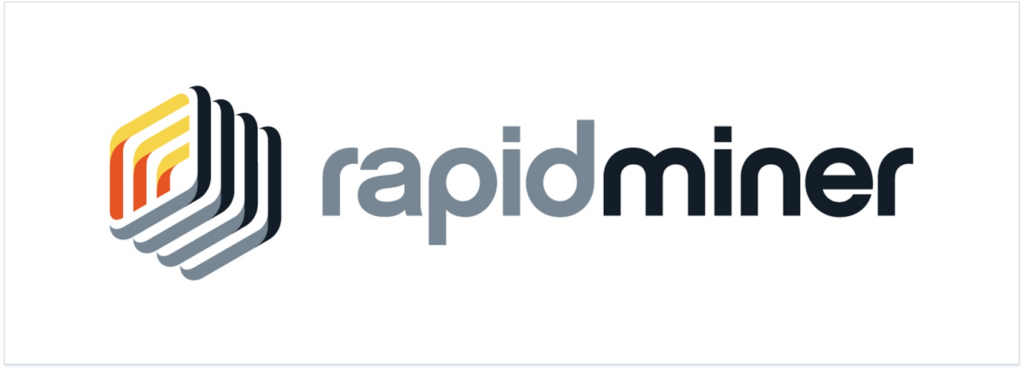Data science is getting bigger, and there are lots of tools to help out. Here are the top 10 tools for data science in 2024.
Moreover, they help with bringing in data, cleaning it up, working with it, analyzing it, making it into pictures, and building models.
Some tools even have everything you need for machine learning, like keeping track of models, making them, putting them into action, and watching over them.
Why do you need data science tools?
Data science tools help experts pull out important information from data. They’re great for cleaning up data, changing it around, making pictures, and building models.
Nowadays, more tools are linking up with ChatGPT, like GPT-3.5 and GPT-4. This means data scientists can use AI to analyze data and create models more easily.
For example, simpler tools like pandas now have AI features (PandasAI) that let you get results by typing in natural language. But not many data pros are using these new tools yet.
These tools can do a lot more than just one thing. They can handle tricky tasks and sometimes even offer full data science ecosystems.
For example, MLFlow is mainly for tracking models, but it can also help with things like keeping models safe, putting them into action, and making predictions.

What factors to consider when choosing data science tools?
Here are the main factors used to pick the top 10 data science tools:
- Popularity: Tools with lots of users and community support have more resources and help available. Open-source tools that are popular get updated often.
- Ease of Use: Tools that are easy to use and don’t need a lot of coding are great for trying out ideas quickly.
- Scalability: Tools that can handle big and complicated datasets are important for working with large amounts of data.
- End-to-End Capabilities: Good tools can help with many different parts of data science, like getting data ready, making graphs, building models, and using them.
- Data Connectivity: Tools should be able to work with different types of data sources, like databases, APIs, and unorganized data.
- Interoperability: Tools should work well with other tools, so you can use them together easily.

Best Data Science Tools in 2024
pandas is like a Swiss Army knife for data. It helps you tidy up messy data, change it around to suit your needs, and analyze it to find insights.
It’s a favorite among people who work with data because it’s so versatile. And now, it even lets you make cool graphs and charts to visualize your data!
1- Seaborn
Seaborn is a tool for making your data look great. It’s like a fancy coat over Matplotlib, another popular data visualization tool.
Moreover, seaborn has lots of nice styles built in, making your charts look polished. It’s especially handy when you’re working with pandas DataFrames.
With Seaborn, you can whip up clear, eye-catching visuals in no time.

2- Scikit-learn
Scikit-learn is the main Python library for machine learning. It’s like a toolbox full of different tools for things like regression, classification, clustering, and reducing the number of features in your data.
Besides that, Scikit-learn is really fast and is used a lot by data scientists because it’s so reliable.

3- Jupyter Notebooks
Jupyter Notebooks is a handy tool that many data scientists use. It’s like a digital notebook where you can write code, make graphs, write notes, and explain your work.
You can share these notebooks with others, making it easy to collaborate and show your findings. Jupyter is perfect for exploring data, working together, and creating reports.

4- PyTorch
PyTorch is a versatile and popular open-source framework for creating machine learning models, particularly those based on neural networks. It offers a high level of flexibility, allowing developers to design models tailored to their specific needs.
Additionally, PyTorch boasts a rich ecosystem of tools designed to handle various data types, including text, audio, images, and tabular data, making it suitable for a wide range of machine learning tasks.
One of PyTorch’s key advantages is its support for GPUs and TPUs, which can significantly accelerate model training, sometimes by as much as 10 times compared to using just the CPU.

5- MLFlow
MLFlow is a tool from Databricks that helps manage the entire machine learning process. It keeps track of your experiments, organizes your models, and helps you deploy them.
This way, you can easily reproduce your results and manage your machine learning projects efficiently. MLFlow works well with large language models and offers both a command line and graphical interface. It also provides APIs for Python, Java, R, and Rest.

6- Hugging Face
Hugging Face has become a go-to platform for many in the machine learning community. It offers easy access to datasets, cutting-edge models, and tools for training, evaluating, and deploying models.
Besides that, the platform also provides access to powerful GPUs and enterprise solutions.
Whether you’re a student, researcher, or professional, Hugging Face provides everything you need to develop high-quality machine learning solutions for your projects.

7- Tableau
Tableau is a top-notch tool for business intelligence. It lets you create interactive visualizations and dashboards that help you understand your data better, no matter how big it is.
With Tableau, you can connect to lots of different data sources, clean up your data, and then make beautiful charts, graphs, and maps.
Finally, it’s designed to be easy to use, so even if you’re not a tech whiz, you can still make impressive reports and dashboards with just a few clicks.

8- RapidMiner
RapidMiner is an all-in-one platform for advanced analytics. It helps you build machine learning models and data pipelines with a visual designer, so you don’t have to write any code.
From getting your data ready to deploying your models, RapidMiner has all the tools you need to manage your machine learning projects smoothly.

9- ChatGPT
ChatGPT, for instance, is an AI-powered tool that can generate Python code and execute it, as well as generate complete analysis reports.
It also offers plugins for tasks like research, experimentation, math, statistics, automation, and document review.
Some of its features include DALLE-3 for image generation, a browser with Bing, and ChatGPT Vision for image recognition.

Conclusion
Data science is always changing, with new tools and technologies constantly being developed. In this blog post, we’ve taken a look at some of the top tools that are shaping the data science landscape in 2024.
Python-based libraries like Pandas, Seaborn, and Scikit-learn continue to be essential for data manipulation, analysis, visualization, and modeling. These libraries are widely used and offer a solid foundation for data scientists to work with.
Open-source platforms such as MLflow, Pytorch, and Hugging Face are becoming increasingly popular for their ability to streamline the machine learning lifecycle.
These platforms provide tools for experimentation, development, and deployment, making it easier for data scientists to bring their models into production.
Proprietary solutions like Tableau and RapidMiner also play a significant role in the data science space, offering enterprise-scale business intelligence and end-to-end machine learning lifecycle management.
Lastly, new AI assistants like ChatGPT are changing the way data scientists work by automating tasks such as code generation and insight generation, which can help increase productivity.
If you’re interested in building a career in data science and mastering these tools, consider enrolling in a Data Scientist with Python career track. This program will provide you with the skills and knowledge needed to excel in the field of data science, from data manipulation to machine learning.



